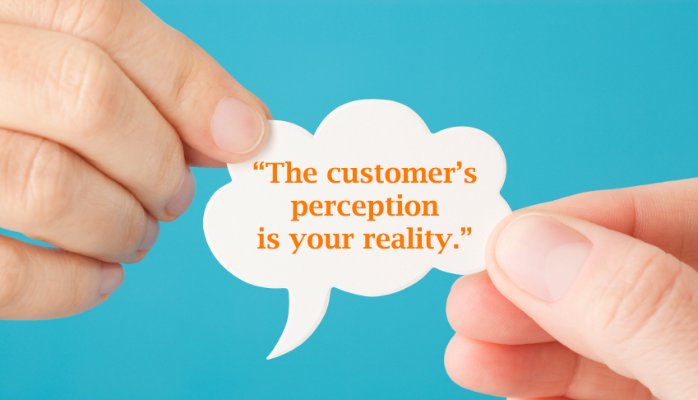Today the customer is in charge and whoever is best at putting the customer in charge makes all the money.
(Stephen F. Quinn, Senior Vice President for Marketing, Wal-Mart quoted in Elliott, 2006)
With the internet becoming a part of our daily routine, and e-commerce getting popular, those brands who are better able to understand what the customer wants, and can think of newer creative ways to market digitally are the ones that are most likely to succeed. As co-creation economy is all about experimenting with newer possibilities for value creation, according to the article ‘Putting Consumers to Work: co-creation and new marketing govern-mentality.’
In terms of social media, there is also a constant push to socialise and expand one’s network of groups. To facilitate this, platforms such as Twitter, Facebook, Instagram are always working hard to meet our expectations – the need to communicate easily. For example, when Halloween was approaching this year, Facebook introduced a new set of ‘reactions’ to keep us engaged. It is not just the demand for emoji’s, but a general impression has surfaced from youngsters of today in the Generation Like documentary that the more likes one has, the more popular they are. This is the mandate of the users lately, one that is being catered to by Facebook as they incorporate the Like button function.
The evolution of internet community has shifted away the lead of product development from the brand/producer to the consumer.[i] An example is one of LEGO. After realising that it’s the customers who control whether a product or service is successful or not, LEGO created an online community where members of the group can browse through the creations by other fans and submit their own for review. If an idea gets 10,000 votes, LEGO officially reviews it and picks a winner whose design will be made and sold worldwide. A percentage of the sales are given over to the designer. This is a way to celebrate customers’ loyalty, and to reward them for innovation, but this system may not always in place as Abigail de Kosnik mentions In Digital Labour: The Internet Factory. Companies do not always make up for the efforts the customer puts in, in terms of time, labour and skill raising the question, if there should be any compensation?
References
Hirsh, S. (no date) Facebook introduces spooky reactions for Halloween. Available at: http://mashable.com/2016/10/28/facebook-halloween-reactions/#zHm7tWUsQ8qu (Accessed: 8 December 2016).
Rushkoff, D. and Featured (2014) Generation like. Available at: https://thoughtmaybe.com/generation-like/ (Accessed: 8 December 2016).
Zwick, D., Bonsu, S.K. and Darmody, A. (2008) ‘Putting consumers to work: `Co-creation` and new marketing govern-mentality’, Journal of Consumer Culture, 8(2), pp. 163–196.
De Kosnik A. 2013. “Fandom as free labour” In Digital Labour: The Internet as Playground and Factory, Chapter 6
[i] https://www.visioncritical.com/5-examples-how-brands-are-using-co-creation/
